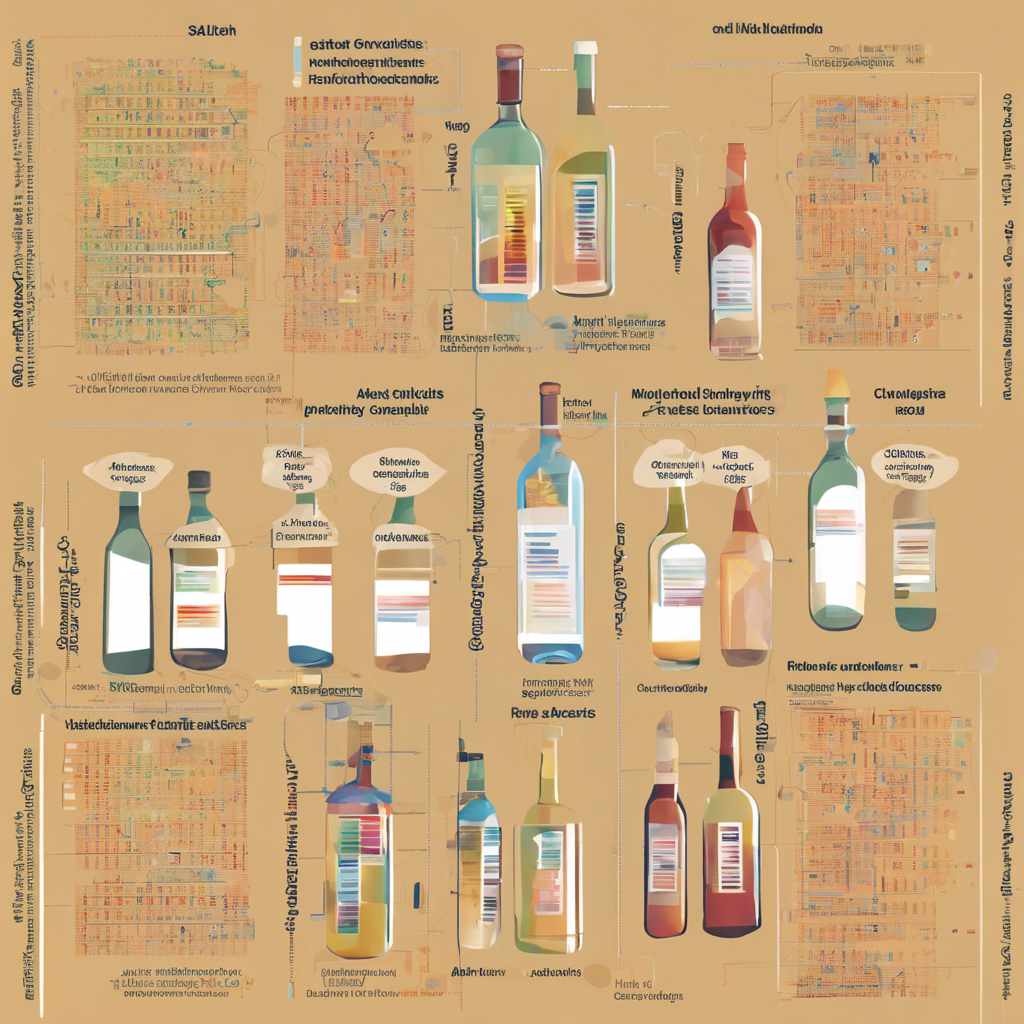A Comprehensive Analysis of Independently Associated SNVs and Genomic Risk Loci
In recent years, genome-wide association studies (GWAS) have revolutionized our understanding of the genetic basis of complex traits and diseases. These studies have identified numerous single nucleotide variants (SNVs) that are independently associated with various phenotypes. However, the challenge lies in deciphering the functional significance of these SNVs and their role in disease development. To address this, researchers have turned to the GWAS catalog, a comprehensive database that provides annotations and cross-references for independently associated SNVs and genomic risk loci. This article delves into the intricacies of the GWAS catalog, exploring its potential to shed light on the genetic underpinnings of complex traits.
Annotated Independently Associated SNVs
The GWAS catalog contains invaluable information on independently associated SNVs across a range of phenotypes. These SNVs are annotated with crucial details, including their genomic locus, nearest gene, P value in the GWAS, CADD score, Regulome DB score, and rsID if available. Additionally, the catalog provides references to relevant literature, with PubMed IDs and study names. By examining these annotations, researchers can gain insights into the potential functional impact of these SNVs and their association with specific traits.
Genomic Risk Loci Definitions
In addition to independently associated SNVs, the GWAS catalog also defines genomic risk loci for various phenotypes. These loci are assigned a unique index and are categorized as either novel at the genomic or phenotypic level. Novel genomic risk loci are those that exhibit associations with traits not previously identified in comparable GWAS analyses. On the other hand, novel phenotypic risk loci are associated with previously unstudied traits. The catalog provides detailed information about these risk loci, including their unique IDs, rsIDs of the top lead SNVs, chromosome and position of the lead SNVs, P values, and start and end positions of the loci. Additionally, the catalog includes the number of unique candidate SNVs within each locus, as well as the number of GWAS-tagged candidate SNVs and independent significant SNVs.
Unveiling the Genetic Architecture
By analyzing the information in the GWAS catalog, researchers can begin to unravel the complex genetic architecture underlying various phenotypes. The catalog allows for the identification of genomic risk loci that are associated with multiple traits, providing insights into shared genetic mechanisms. Furthermore, the annotations of independently associated SNVs offer clues about the potential target genes and pathways involved in disease development. This knowledge can inform future functional studies and aid in the development of targeted therapies.
Implications for Precision Medicine
The GWAS catalog plays a crucial role in advancing precision medicine. By understanding the genetic variants associated with specific phenotypes, researchers can identify individuals at higher risk for certain diseases. This knowledge can guide personalized screening strategies, early interventions, and tailored treatment plans. Moreover, the catalog’s annotations and cross-references provide a valuable resource for researchers investigating the functional consequences of these genetic variants, paving the way for the development of novel therapeutic approaches.
Conclusion:
The GWAS catalog serves as a comprehensive repository of independently associated SNVs and genomic risk loci, offering a wealth of information for researchers studying the genetic basis of complex traits. By delving into the annotations and cross-references provided, scientists can gain insights into the functional significance of these SNVs and their role in disease development. Furthermore, the catalog’s definitions of genomic risk loci shed light on the shared genetic mechanisms underlying multiple traits. As precision medicine continues to evolve, the GWAS catalog will remain an invaluable tool, guiding researchers towards a deeper understanding of the genetic architecture of complex traits and diseases.











